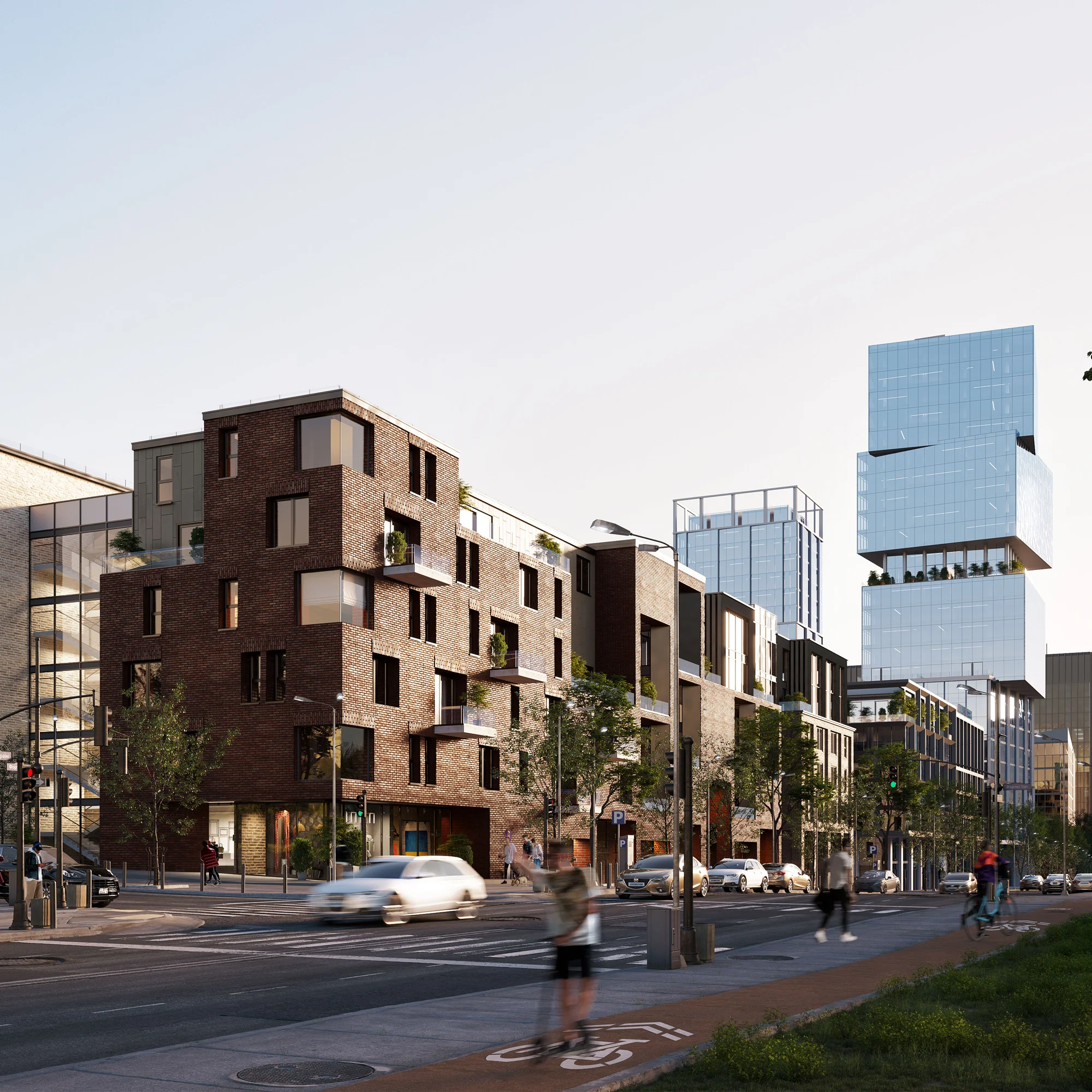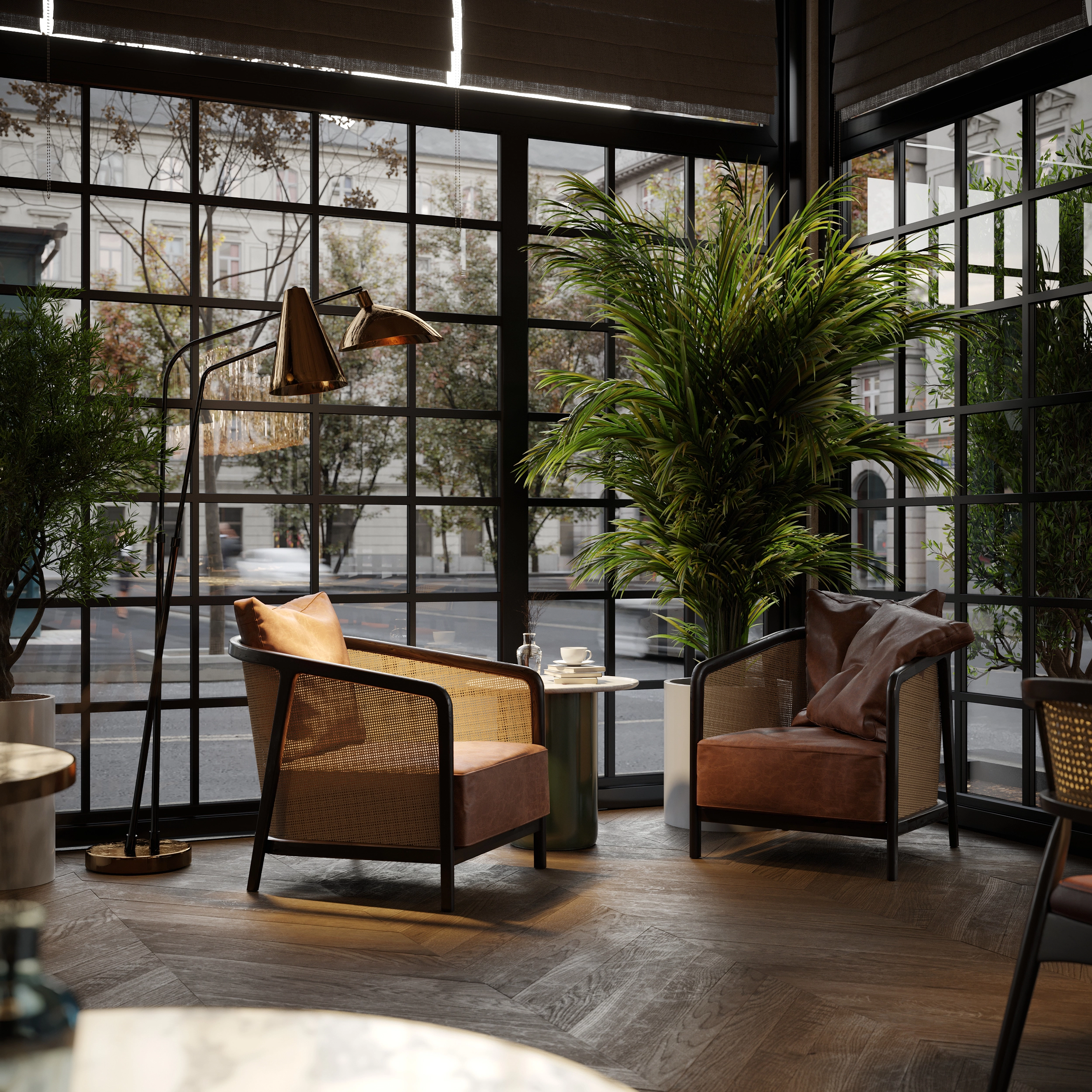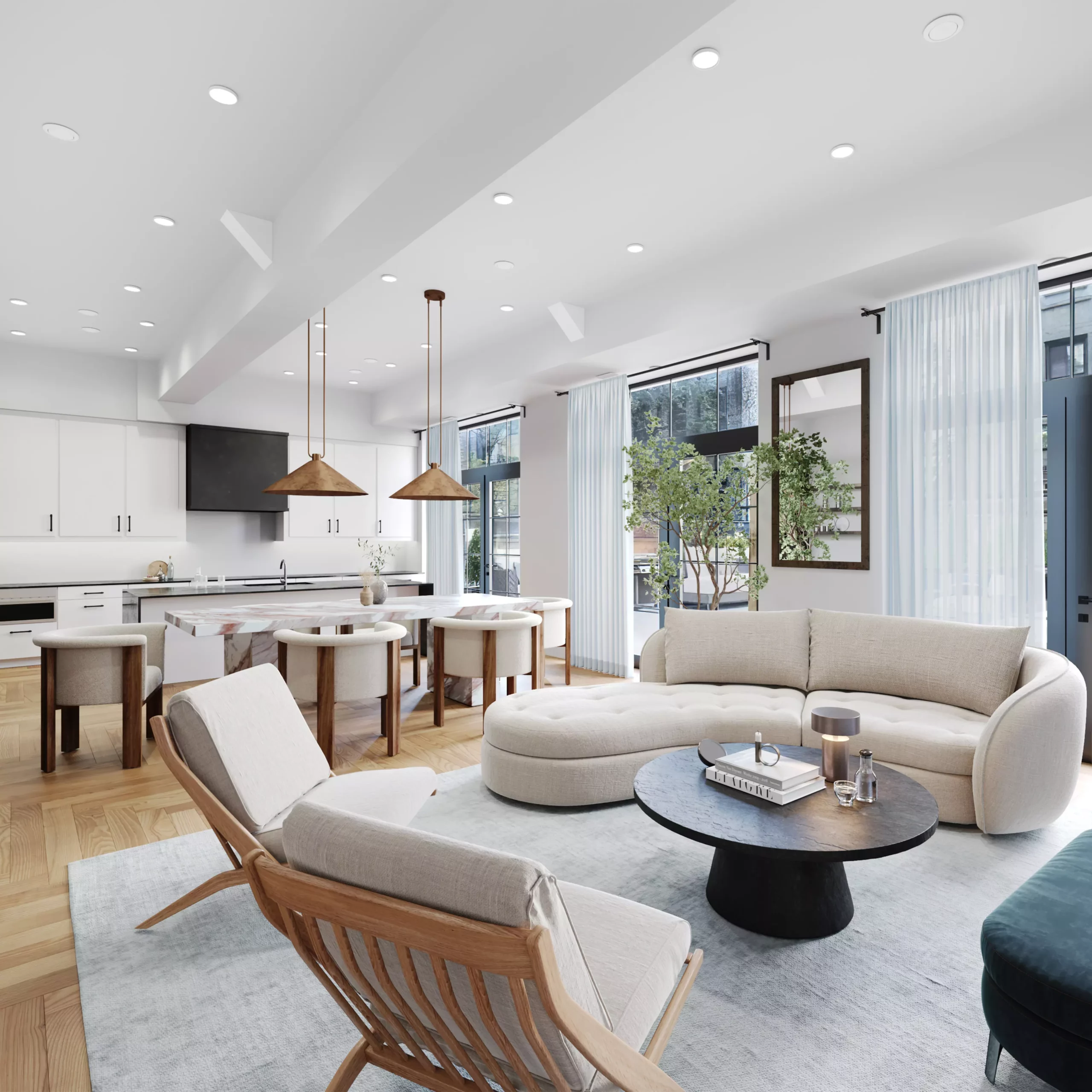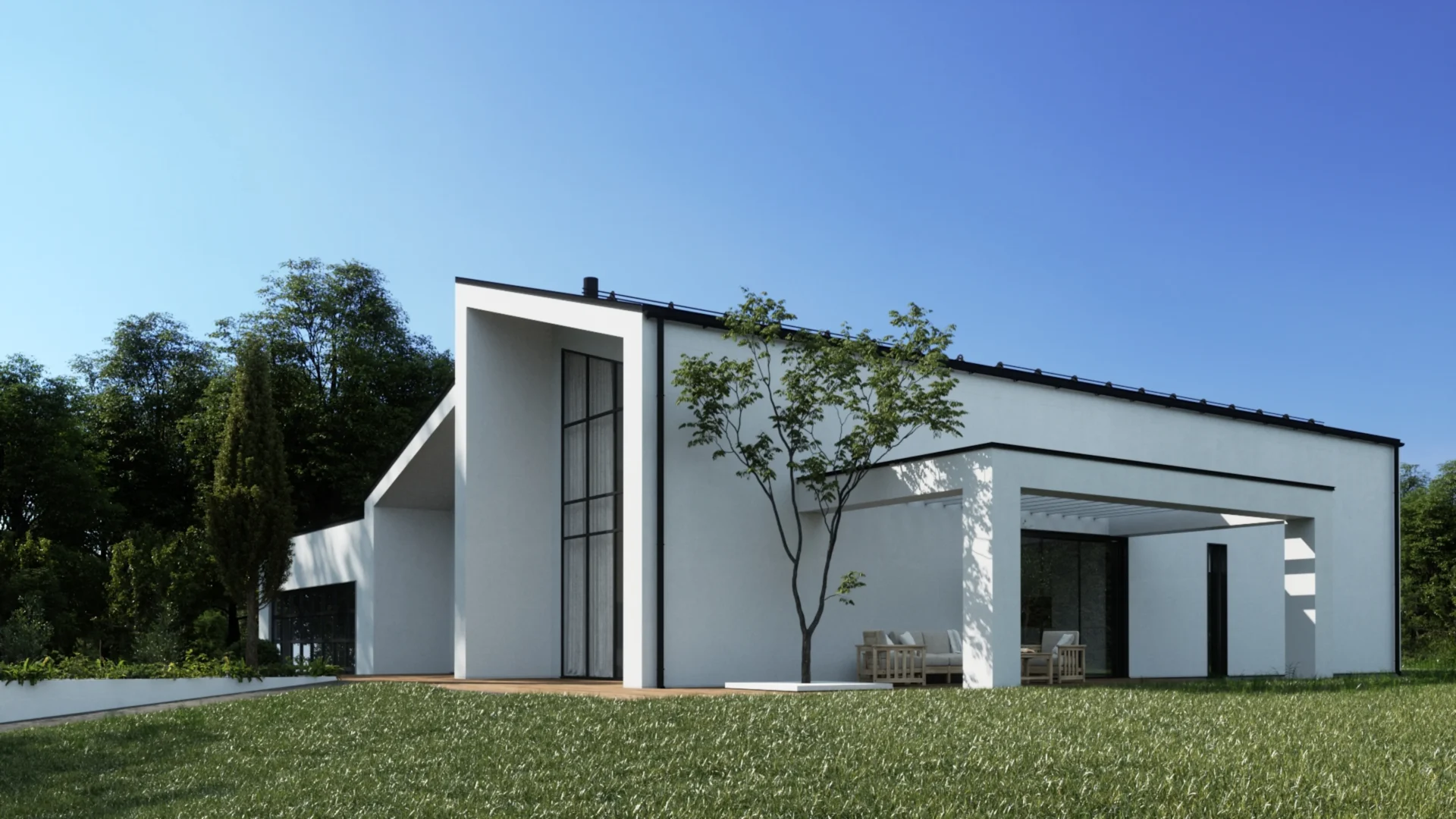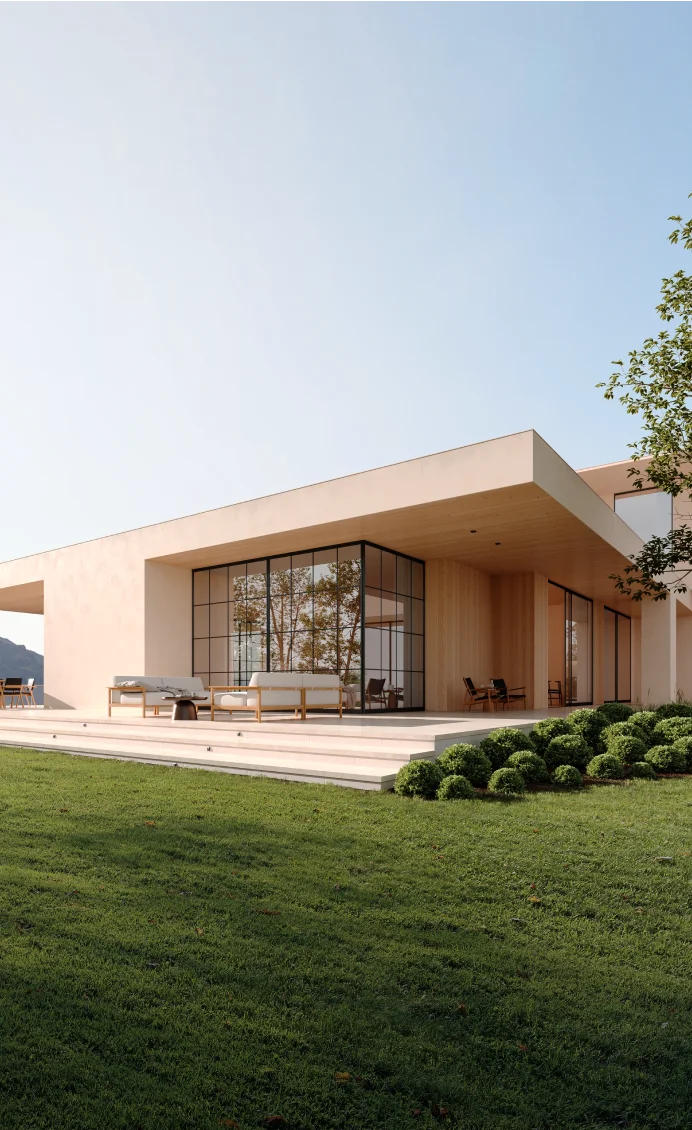In the architectural world, the advent of 3D graphics has heralded a transformative era, altering the industry’s landscape dramatically. This shift in technological paradigm has brought to the fore a new question: ‘how do 3D graphics work in shaping our built environment?’ No longer confined to two-dimensional sketches and renderings, architects now harness the power of 3D graphics to breathe life into their visions. This article delves into the workings of 3D graphics for architecture, exploring the revolutionary way this technology has redefined spatial design, visualization, and communication, and outlining how it continues to sculpt the industry’s future.
How 3D Graphics Enhance Design Creation
Embracing the 3D graphics design revolution has unleashed unprecedented potential within the architectural realm. When architects shift from two-dimensional plans to creating three-dimensional objects using 3D modeling tools, it reshapes the design creation process. These digital sculpting tools empower architects to mold their concepts into tangible, three-dimensional images with an accuracy and realism that outstrip traditional methods.
In the arena of computer graphics, 3D scanning plays a pivotal role. It helps architects to digitize real-world objects, infusing their designs with an added layer of realism. The process involves capturing the shape, texture, and color of these objects, subsequently replicating them in the digital world with astonishing precision.
The use of perspective and parallel projections offers distinct advantages in the visualization process. Perspective projection, in particular, lends depth to architectural representations, providing a lifelike impression of scale and spatial relationships, just as they would appear to the human eye. Meanwhile, parallel projections are invaluable in generating technical drawings where accurate proportions are essential, free from the distortions of perspective.
The integration of 3D graphics into architectural design has thus become more than an enhancement; it’s a paradigm shift. By facilitating more detailed, precise, and lifelike representations of architectural ideas, 3D graphics have paved the way for design innovation and creativity on an unprecedented scale.
Role of 3D Computer Graphics in Architectural Presentations
In an industry where communication is key, the role of 3D computer graphics in architectural presentations is pivotal. Traditional two-dimensional displays, while useful, can lack the lifelike realism that today’s audiences crave. But 3D graphics, with their capacity for orthographic projection and ability to render parallel lines with exactitude, provide an unparalleled medium for conveying an architect’s vision.
These graphics, displaying a line perpendicular to the plane in orthographic projection, enable seamless integration of architectural designs into the real-world context, translating spatial concepts into a form easily understood by clients and stakeholders.
Among the tools that facilitate this are open-source programs and professional software like Autodesk Maya. The latter, known for its visual effects, is a favored tool for creating immersive architectural visualizations. Its free version for non-commercial use has democratized access, empowering architects to create presentations that astound with their realistic detailing and dynamic perspectives.
Benefits of 3D Rendering in Construction
3D computer graphics have established themselves as an industry standard in the construction realm, providing invaluable benefits through their precise and comprehensive visualizations. Serving as an easily interpretable image source, 3D renderings allow construction workers to fully grasp the design, thereby fostering a more accurate translation from blueprint to reality.
Popular tools for creating these 3D visualizations continuously evolve with new features, further enhancing the user experience and output quality. For example, full versions of industry-standard software offer advanced capabilities for non-commercial use that facilitate the creation of more realistic and detailed graphics.
These visualizations not only make designs comprehensible but also minimize errors and waste during construction. The level of detail in 3D renderings helps to foresee potential issues and conflicts before they materialize on site, leading to better planning, fewer mistakes, and, ultimately, a more efficient and cost-effective construction process.
Beyond their utility in architecture and construction, these 3D tools find applications across other sectors, underscoring their versatility and far-reaching impact in the world of design and visualization.
Using 3D Graphics for Online Marketing
Harnessing the power of 3D graphics has become a game-changer in online marketing. Whether it’s creating a more visually appealing website or captivating audiences on social media, different types of 3D visualizations are playing pivotal roles.
Take, for instance, the integration of 3D models on a website. These three-dimensional representations of architectural designs breathe life into blueprints, providing visitors an immersive experience. Similarly, 3D animations, crafted by a 3D rendering company, can transport viewers on a virtual tour of a yet-to-be-constructed building, igniting their imagination and fostering a deeper connection with the project.
Turning to social media, architects and designers employ 3D scanning and visualization to create engaging, shareable content. With these, they can showcase their designs from multiple angles, highlighting intricate details, and generating compelling narratives around their creations.
Email marketing, too, benefits from the inclusion of 3D renderings. High-quality visualizations, produced with advanced 3D rendering engines, can significantly enhance the appeal of promotional emails.
Moreover, CGI professionals are leveraging the capabilities of the latest software versions, such as CGI, to push the boundaries of 3D graphics in online marketing.
Thus, in an increasingly visual digital landscape, the use of 3D graphics has transcended its traditional roles, emerging as a vital tool for engaging audiences, conveying stories, and ultimately driving success in online marketing.
Utilizing 3D Graphics in Traditional Marketing
The utilization of 3D graphics has revolutionized the way brands engage with their target audience. Static 3D renders have proven highly effective in print media, breathing life into advertisements and showcasing products or architectural designs with stunning realism. The marriage of computer-generated imagery (CGI) with the creativity of interior designers and interior 3D rendering specialists produces visuals that captivate and entice consumers.
The possibilities expand further with 3D animation in TV and outdoor advertising. Brands can leverage the expertise of 3D artists and specialized rendering software to create eye-catching and memorable campaigns. Whether it’s a dynamic product showcase or a visually stunning architectural visualization, 3D animation brings narratives to life, leaving a lasting impact on viewers.
Moreover, the importance of 3D graphics extends to promotional materials like flyers, booklets, and brochures. By incorporating interior 3D rendering and 3D architectural animation, designers and marketers can showcase the full potential of spaces, providing potential customers with immersive experiences. With 3D walkthroughs and detailed renderings, they can demonstrate the functionality, aesthetics, and ambiance of environments before they are physically realized.
In summary, the integration of 3D graphics in traditional marketing has unlocked new dimensions of creativity and engagement. From static renders to captivating animations, this technology offers endless possibilities to captivate audiences and elevate brand communication in a visually-driven world.
Conclusion
The integration of 3D graphics in architecture and marketing has ushered in a new era of design implementation and communication. The ability to create immersive architectural visualizations, thanks to the expertise of architectural visualizers and advancements in render resolution, has elevated the industry to new heights.
By employing 3D modeling techniques and utilizing terms specific to this field, architects can effectively convey their ideas to clients and stakeholders. The power of photorealistic 3D rendering allows for a level of detail and accuracy that was previously unimaginable, enabling clients to visualize and connect with designs on a deeper level.
Moreover, the benefits of using 3D graphics extend far beyond the initial design phase. The stunning 3D interior renders and architectural visualizations created can serve as marketing tools, attracting potential clients and setting projects apart from the competition. The ability to showcase designs in the most realistic and visually compelling manner opens doors to new opportunities and collaborations.
Furthermore, the long-term advantages of implementing 3D graphics are undeniable. Minimizing errors, reducing waste, and improving communication throughout the construction process ultimately leads to cost savings and greater efficiency. The accuracy and realism provided by 3D graphics enhance decision-making, prevent costly rework, and contribute to the overall success of projects.
3D graphics have become an indispensable tool for architects, designers, marketers, and other professionals. The possibilities and potential for innovation are endless, as the boundaries of what can be achieved continue to be pushed. With 3D visualization, the future of design and marketing looks brighter than ever before.





